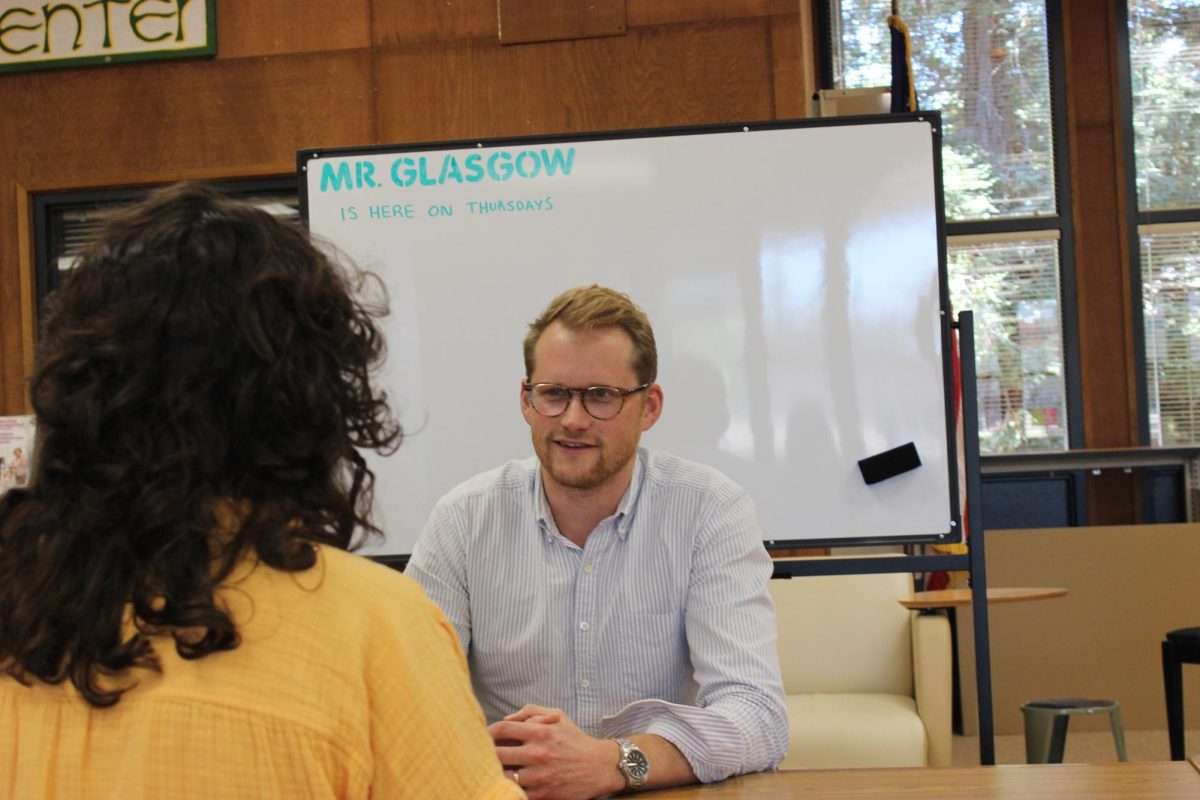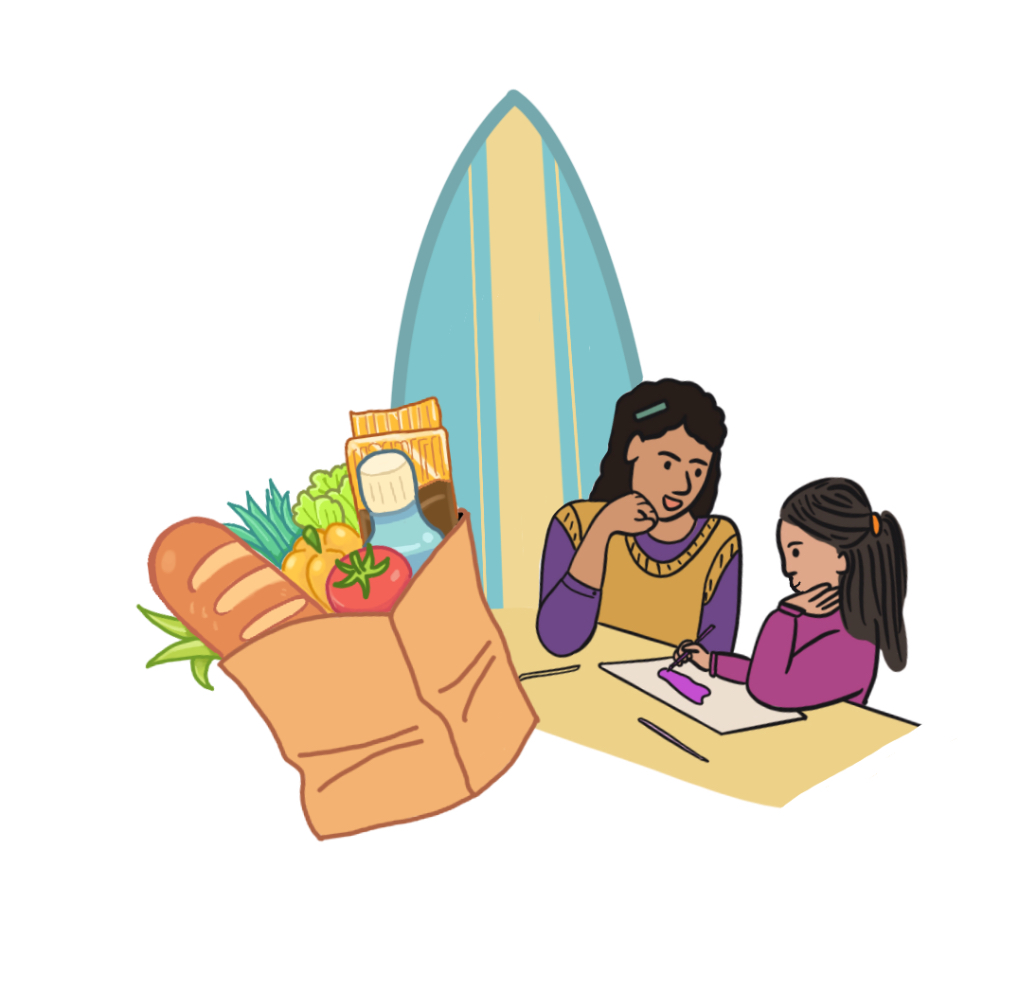Californians have become desensitized to natural disasters. With the frequency of natural disasters like wildfires and severe storms increasing, they are becoming more commonly shrugged off. When a community is actually impacted, it can create shock as well as destruction.
Wildfires are one of the most pressing disasters that occur in California. They destroy homes, end lives, and disrupt ecosystems. In addition, wildfires’ smoke can be harmful, causing eye irritation, coughing, trouble breathing, and more. Sophomore Dani Jaime Coehlo experiences problems from inhalation of smoke.
“Because we get a lot of fires here, and it’s just dead grass everywhere, and coming from somebody who has asthma, I die. Like I start choking all the time. I have to carry my inhaler all the time,” Jaime Coehlo said.
Captain Rick Wonnerberger, stationed at Marin County Fire’s Throckmorton Ridge Fire Station, notices an increase in fires throughout the state.
“With the fires that are getting more explosive, for example, the Park Fire that we were on, I think now they’re calling it the fourth largest fire in California’s history since they’ve been keeping track of the fires… it’s pretty extreme fire growth,” Ct. Wonnerberger said.
Senior Joel Zelda and his family were impacted by a wildfire earlier this year when on Nov. 6, a fire started near Camarillo in Ventura County. With a Red Flag warning in effect, the strong winds and dry grass created the perfect conditions for a fire to spark.
“The [Mountain] Fire that sparked up took maybe half an hour with all the winds to get to my aunt’s house. [It] burned down the entire neighborhood,” Zelda said.
His aunt’s home burned down, along with approximately 200 other homes.
California also experiences a variety of severe storms. Blizzards, thunderstorms, dry lightning, heavy rains, and tornadoes are all classified as severe storms by the National Oceanic and Atmospheric Administration. They can bring floods that cover roads and damage structures.
The Bay Area has seven major fault lines, which are where tectonic plates meet. When the plates shift, it causes earthquakes. In Marin County, living on top of these fault lines means the looming threat of another large-scale earthquake is always possible. Landslides are another common event, which can occur after a fire, where rain softens up the soil and leaves room for mud and soil to slide down a hill. They can block roads, devastate buildings, and cause fatalities.
“We may get one or two [mudslides], but they’re going to be few and far between, like once every ten years. As opposed to Southern California, if they’re busy in the summer and they have a lot of fires and then get rain, then they will have [mudslides],” Ct. Wonnerberger said.
California has experienced some dry droughts, which limits water sources. The state gets the majority of its rainfall in winter, leading to dry and hot summers. Since the late 2010s, rainfall has been inconsistent, and fires have increased.
Being prepared can increase your safety in case of an emergency. Have a plan with your family if a disaster hits and learn more about natural disasters that occur in your area.








































